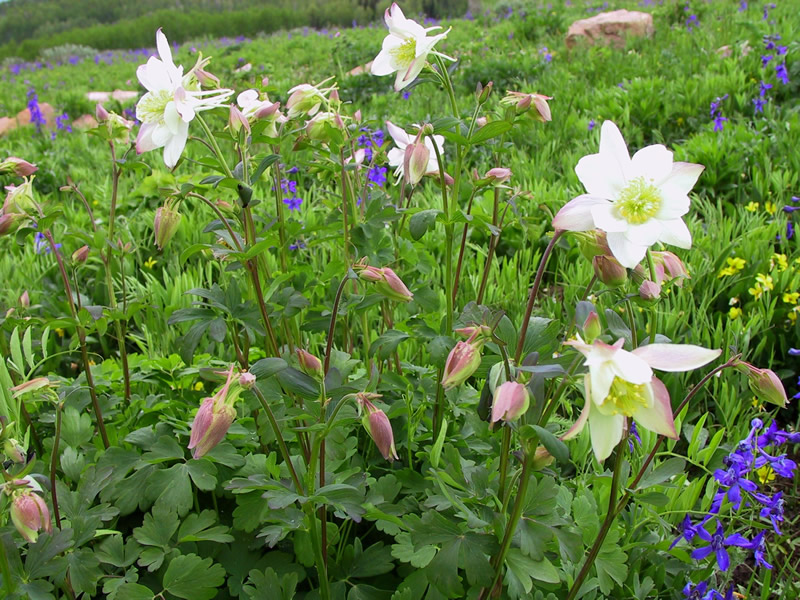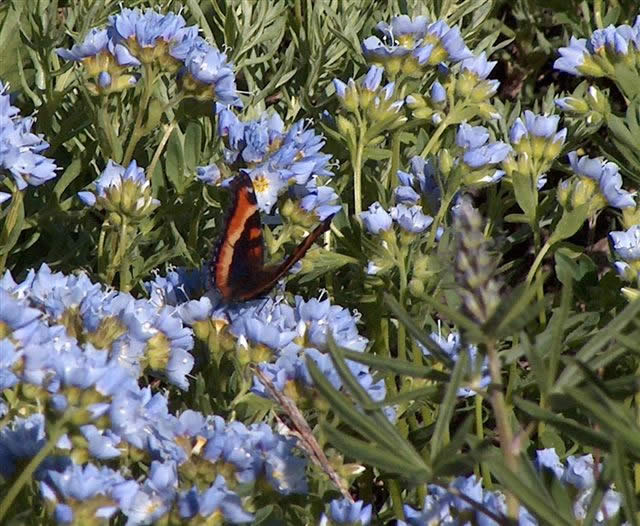Native Gardening
Why Garden with Native Wildflowers?
Native plants are adapted to the local climate and soil conditions where they naturally occur. These important plant species provide nectar, pollen, and seeds that serve as food for native butterflies, insects, birds and other animals. Unlike natives, common horticultural plants do not provide energetic rewards for their visitors and often require insect pest control to survive.
Native plants are also advantageous, because:
- Native plants do not require fertilizers and require fewer pesticides than lawns.
- Native plants require less water than lawns and help prevent erosion.
The deep root systems of many native Midwestern plants increase the soil's capacity to store water. Native plants can significantly reduce water runoff and, consequently, flooding. - Native plants help reduce air pollution.
Native plantscapes do not require mowing. Excessive carbon from the burning of fossil fuels contributes to global warming. Native plants sequester, or remove, carbon from the air. - Native plants provide shelter and food for wildlife.
- Native plants promote biodiversity and stewardship of our natural heritage.
- Native plants are beautiful and increase scenic values!
 These Colorado blue columbines flowers are white with pinkish tinged spurs. Photo by Teresa Prendusi.
These Colorado blue columbines flowers are white with pinkish tinged spurs. Photo by Teresa Prendusi.
To learn more about native plant gardening, explore the links below or contact your local Native Plant Society!
- Plant Hardiness Zones
- Basic Instructions for Restoration and Native Landscaping
- Native Plant Alternatives
- Genetic Considerations
- Landscaping for Wildlife
- Plants to Avoid in Your Garden
Related Topics
Other Resources and Links
- How to Make Butterfly Gardens - available from the University of Kentucky Entomology Department's website.
- North American Pollinator Protection Campaign
- Monarch Watch
- Center for Plant Conservation (CPC) Best Plant Conservation Practices to Support Species Survival in the Wild (PDF)
- The Natural Landscaping Alternative: An Annotated Slide Collection (PDF) - provided by the Environmental Protection Agency (EPA).
- Wild Ones: Native Plants, Natural Landscapes - Landscaping with Native Plants - US EPA Archive Document.
- Wild Ones: Native Plants, Natural Landscapes


